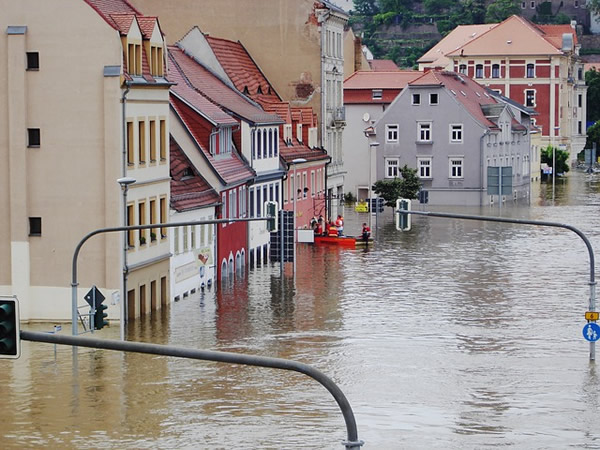
Source: https://pixabay.com/photos/high-water-elbe-meissen-emergency-876580/
There are many causes of water damage in homes and offices. It could be caused by flooding, storms, bursting pipes, or backed-up sewage. While an effort should be made to protect your home from water damage and other disasters, it's not always possible to be 100% protected. If you find yourself in a situation where you need to restore your home or office from water damage, here are five steps to follow. Restoration should only start after you have been cleared to go back to your home, and you should aim to start this process within the first 24 to 48 hours of getting clearance.
Step 1: Contact emergency services
There are many professionals with experience on how to handle water damage. Look for highly experienced professionals in your area to begin the restoration process. On the phone, they may ask you a few questions. Prompt, honest answers are the key to getting their services quickly and getting the best results. Additionally, be sure to file an insurance claim as soon as possible as they too may need to assess the damage before restoration begins.
Step 2: Water extraction
The company you contact to help you with the water damage incident should begin the water extraction process as soon as possible. They should also be equipped with the right tools to perform their task effectively. Not all the water from the incident may be easily visible. However, they should be able to extract it even from hiding places like in ceilings and under floors, and can use tools to detect any areas where water may be hidden from view. Mold normally begins to grow within 24 to 48 hours, so extraction should take place as quickly as possible.
Step 3: Drying and dehumidification
After all the water has been extracted, the home may look dry, but some items may still be wet to the touch. Your water damage incident responder should now begin the drying process. Using industrial quality equipment like air movers and humidifiers and applying non-intrusive scientific drying methods, they should be able to dry your house completely and extract any remaining moisture and water. Remember, moisture in the home can still damage your house.
Step 4: Clean and sanitize
Some restoration companies will take the restoration process a step further and help you to sanitize and restore any salvageable things in the house or offices. They may help you dry your clothes, personal items, and furniture and ensure that they remove any odours.
Step 5: Restoration
At this stage, any damage to the house is to be repaired. This includes major repairs like rebuilding entire rooms or minor damage like replacing dry walls panels.
Endnote
After the restoration process is complete, you should be able to move back into your home or office. To alleviate any fears you may have, it may be advisable to inspect the restoration process just to be safe. Water damage incidents, though inconvenient, are not the end of the world. An experienced water damage restoration team will help you restore your home to its original state (or better) as fast as possible so that you can go back to your normal routine.
